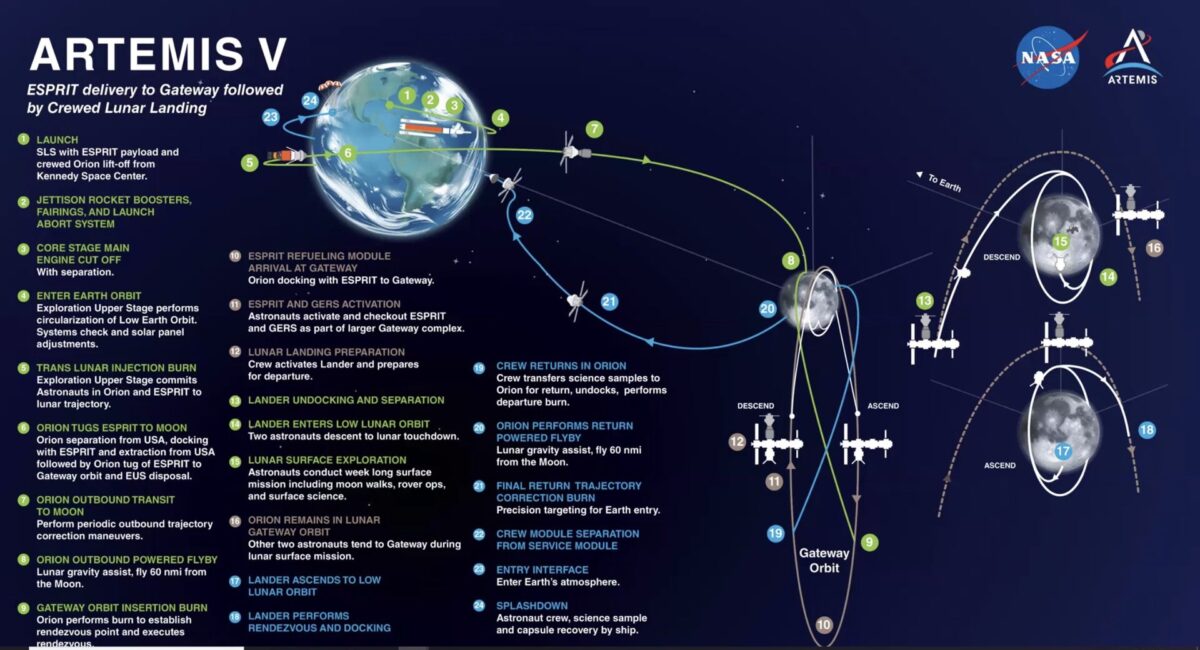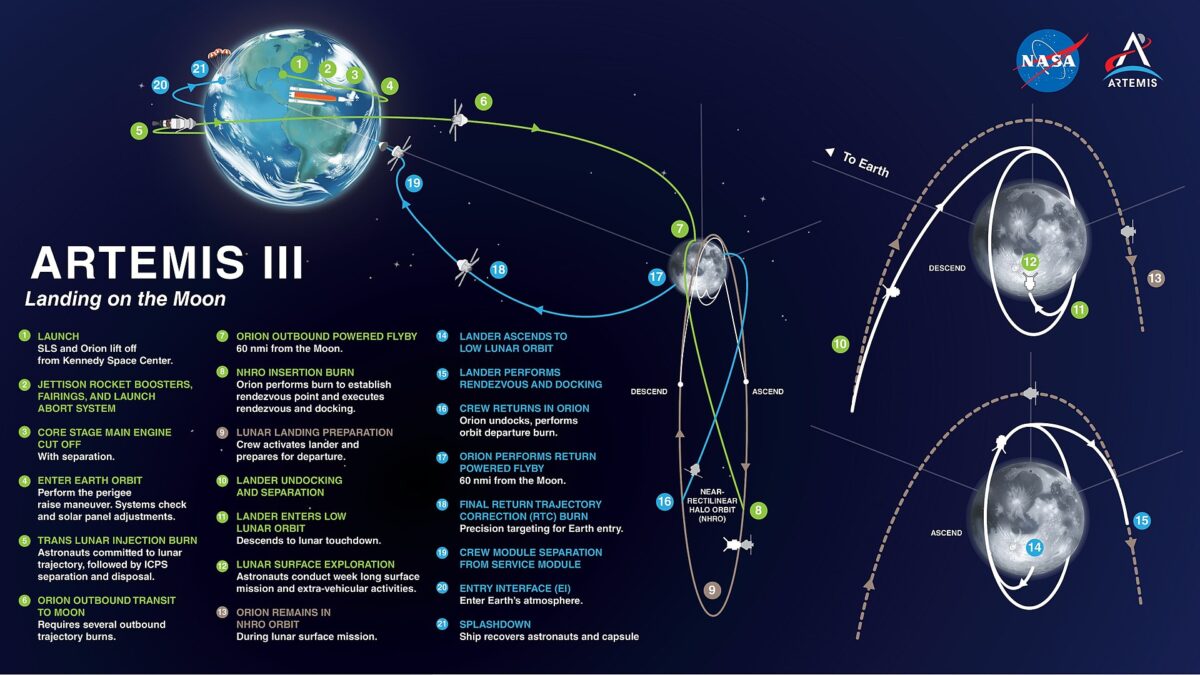Artemis V and the Path to Mars (Part 5 of 5)
Artemis V: Advancing Lunar Exploration
Scheduled for 2029, Artemis V continues the expansion of the Lunar Gateway with the delivery of the ESPRIT module. This mission is another crewed mission and will enhance the Gateway’s capabilities by providing additional refueling infrastructure, telecommunications, and a viewing port, akin to the cupola on the ISS. Furthermore, Artemis V includes plans for another crewed lunar landing, continuing the program’s commitment to ongoing lunar exploration and scientific discovery.
ESPRIT: Enhancing Gateway’s Capabilities
The ESPRIT module, developed by the European Space Agency (ESA), represents a significant addition to the Lunar Gateway. It stands for “European System Providing Refueling Infrastructure and Telecommunications”, its role being to support extended lunar missions and enhancing communication capabilities.
The Artemis Program: A Stepping Stone to Mars
Beyond the immediate goals of lunar exploration, the Artemis missions lay the groundwork for humanity’s next giant leap: manned missions to Mars. The technological innovations, international partnerships, and lunar experience gained through Artemis will be instrumental in planning and executing the first human journey to the Red Planet.
Looking Ahead: Artemis 6-12
NASA’s vision extends beyond Artemis V, with plans for missions Artemis 6 through 12 already in the works. These future missions will continue to build on the program’s successes, further exploring lunar resources, testing new technologies, and preparing for the eventual human exploration of Mars. Through Artemis, NASA aims to establish a sustainable presence on the Moon, creating a blueprint for future exploration of Mars.
The Artemis program represents a bold and ambitious journey back to the Moon. With each mission, we move closer to unlocking the mysteries of the Moon, Mars, and beyond, marking a new chapter in humanity’s quest to explore the cosmos.
I hope you enjoyed this 5-part series and are as excited as we are about the next few years of lunar exploration!




